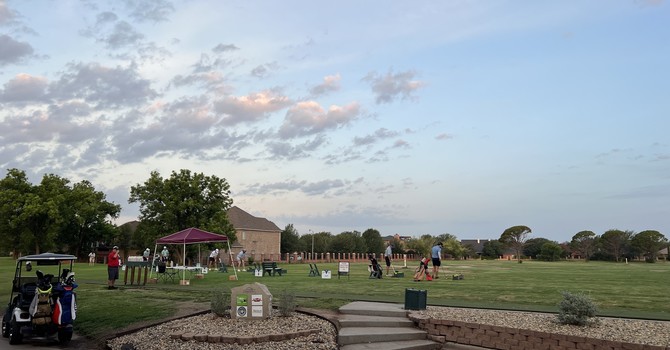We all know the feeling—tight upper traps, a stiff low back that just won’t let up, or that mid-back tension that creeps in halfway through your workday. You stretch, foam roll, maybe even get a massage... and it helps—for a little while.
But then it’s back. Again.
As a chiropractor in Lubbock who sees these patterns daily, I can tell you this: recurring tightness is rarely just about the muscle. It’s often your body’s way of compensating for something deeper.
Here’s what’s really going on—and what to do about it.
1. Tightness Is Often a Sign of Compensation
Let’s say your lower back keeps tightening up after you stand for long periods, or your upper traps feel constantly “on” while working at your desk. That muscle tension might not be from weakness or lack of stretching—it might be compensating for something else not doing its job.
-
Tight low back? It may be overworking for stiff hips or a weak core.
-
Upper trap tension? Often a result of poor shoulder blade mechanics or limited thoracic spine mobility.
This isn’t just theory—I’ve lived it.
Years ago, I dealt with a lumbar disc herniation. With the right rehab, I was able to get back to lifting and moving pain-free—but even now, my low back will occasionally tighten up. Not because it’s “injured,” but because something else (like hip mobility or bracing strategy) is lagging behind. It’s a cue for me to check in and reset—not panic.
What to do:
Start thinking beyond the tight area. If you’re not addressing the real source of the compensation, the cycle will repeat. This is where assessment matters—and why a good provider doesn’t just treat the symptoms.
2. Stretching Alone Isn’t the Fix
We love to stretch what feels tight. But the truth? If that muscle is guarding or protecting a poorly moving joint or unstable area, stretching may only offer short-lived relief—and could make things worse over time.
Take hamstring tightness, for example. If your pelvis is stuck in a posterior tilt or your glutes aren’t firing well, your hamstrings are doing too much. Stretching won’t change that pattern—it just keeps masking the problem.
What to do:
Instead of only stretching, try this flow:
-
Mobilize the joint (think adjustments, foam rolling, or active mobility drills)
-
Activate the right muscles (like glutes, core, or scapular stabilizers)
-
Reinforce with movement (loaded patterns like hip hinges, carries, or band work)
3. Movement Quality > Temporary Relief
This is where modern chiropractic care makes a big difference. In our Lubbock clinic, we look at how you move—not just where it hurts. Because if you're always treating the end result of bad movement, you’ll never fix the root.
You might feel good after an adjustment or massage, but if you go right back to the same posture, movement habits, or training errors, the tension creeps back in.
What to do:
Invest in a plan that actually changes your movement:
-
Adjustments to improve joint mobility
-
Dry needling or manual therapy to calm overactive tissue
-
Specific strength and control exercises to retrain patterns
These aren’t band-aids. They’re tools for long-term progress.
4. The Big Question: Why Is This Area Overworking?
One of the first things I ask patients is:
“What isn’t doing its job, that this tight area is trying to protect or stabilize for?”
Tension is protective. If your brain senses instability or poor coordination somewhere in the chain, it’ll lock down another area to keep you safe.
Common examples:
-
Low back overworking for an immobile hip
-
Neck tension from poor breathing mechanics or rib restriction
-
Tight calves due to stiff ankles or limited hip drive when walking or squatting
What to do:
Ask yourself:
What movement or position triggers this tightness?
Is this happening during workouts—or everyday life?
Am I relying on one area to do too much?
You don’t have to solve it alone, but asking these questions is a great first step.
Final Takeaway:
Recurring tightness isn’t just about muscles being “too tight.” It’s your body adapting—and often overworking—to keep you moving.
Even for me—someone who’s rehabbed a disc herniation and knows the anatomy inside and out—tightness still pops up when something’s off. The key is knowing how to listen to those signals and respond with a plan that corrects the why, not just the where.
Find the root. Restore motion. Rebuild strength.
That’s how you get lasting relief—not just a temporary reset.
If you’re in Lubbock and looking for chiropractic care that goes deeper than adjustments and gets to the why behind your pain, that’s what we do every day.
Dr. David Farley
Contact Me

